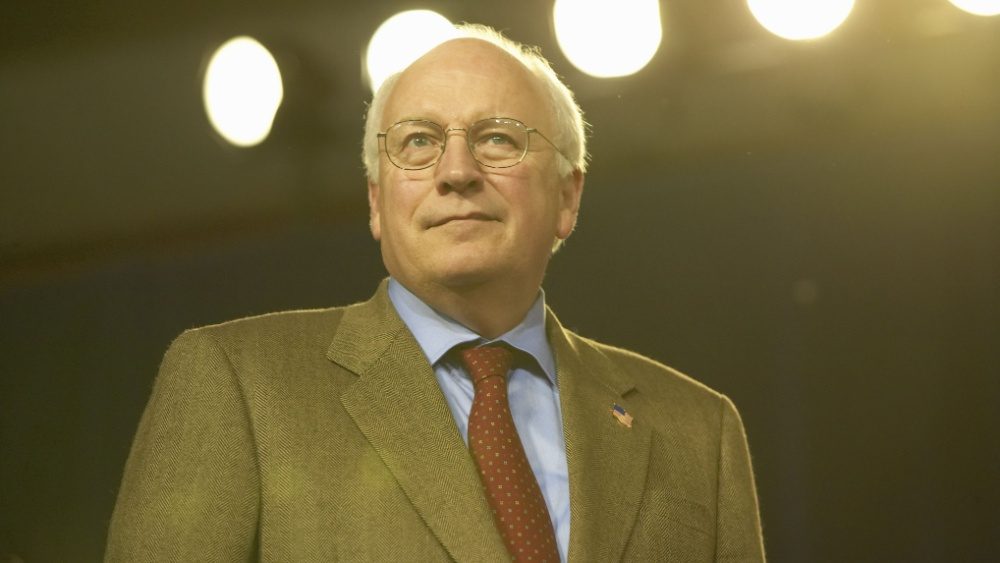Warner Bros. Discovery (WBD) reported second-quarter earnings on Thursday that showed the company’s studio business delivering a blockbuster performance, even as its streaming operation continues to expand and its linear television networks struggle against ongoing industry headwinds.
For the quarter, the company posted revenue of $9.8 billion, up modestly from the same period last year. Net income was $1.6 billion, a sharp turnaround from a loss in the year-ago quarter, while adjusted EBITDA rose 9% to $2 billion.
Studios Lead the Charge
The clear highlight for WBD was its studios segment, which brought in $3.8 billion in revenue — a 55% increase year-over-year. The surge was fueled by the strong box office performance of Minecraft and Sinners, as well as higher revenue from the company’s television studio thanks to the timing of licensing renewals. Adjusted EBITDA for the division was $863 million.
In a letter to shareholders, WBD executives outlined an ambitious film release strategy: 12–14 new films annually, including:
- 1–2 Warner Bros. tentpole releases
- 1–2 DC Studios films
- 3–4 New Line releases (including horror)
- 1–2 animated features
- 1–2 modestly budgeted original films
CEO David Zaslav emphasized the importance of strategically reviving key franchises such as Superman and The Lord of the Rings, with DC Studios co-head James Gunn already working on a Superman sequel. Zaslav also said the studio is leaning into gaming, theme parks, and immersive experiences — including a forthcoming Wizard of Oz project — as part of a broader “franchise ecosystem” strategy.
Streaming Momentum
The company’s direct-to-consumer division also showed growth. WBD added 3.4 million streaming subscribers in the quarter, with revenue rising 8% to $2.8 billion and adjusted EBITDA at $293 million.
Growth was bolstered by HBO Max’s rollout in new international markets and by a maturing ad-supported tier, which executives said is driving incremental advertising revenue.
Zaslav stressed that WBD is now pulling back on licensing its library content to rival streamers, in order to bolster HBO Max’s exclusivity. “It’s important that there are a wealth of properties — quality properties — that reinforce that you only get this at HBO Max,” Zaslav said.
CFO Gunnar Wiedenfels acknowledged that this approach means a short-term revenue sacrifice but insisted it creates long-term strategic value.
Linear TV Struggles
The company’s global linear networks business remains under pressure from cord-cutting and declining viewership. The segment reported $4.8 billion in revenue, down 9% year-over-year, with adjusted EBITDA of $1.5 billion, down 24%.
WBD attributed the drop partly to the absence of NCAA March Madness Final Four coverage this year. Rights fee increases helped offset some of the decline, but viewership erosion remains a significant drag.
The company has now completed its six major carriage renewals, providing some stability in distribution, and says its upfront ad sales are nearly finalized.
Preparing for a Major Split
WBD is moving forward with plans to split the company into two separate entities:
- Warner Bros. — encompassing the studio business, HBO, and HBO Max
- Discovery — comprising the linear networks
Following the split, TNT Sports content will no longer be carried on HBO Max, shifting WBD’s sports focus to the Discovery side of the business. Wiedenfels said the company retains “a very, very strong sports portfolio” and expects it to be an even more important growth driver for Discovery Global as a standalone company.
Market Conditions and Strategy Outlook
Both Zaslav and Wiedenfels addressed a mixed advertising climate. While TV ad pricing has risen — particularly for sports — digital ad prices are facing pressure. WBD says it continues to command a premium for its inventory.
Looking ahead, Zaslav reiterated his belief in bundling streaming services to improve the customer experience and combat subscription fatigue. “A big piece of this will be cleaning up the consumer experience,” he said. “It’s just better together… The companies that are most successful will be global.”
He also hinted that industry consolidation is inevitable, predicting some media companies will ultimately “wave the white flag” and exit the direct-to-consumer business altogether.
Key Takeaways
- Studios dominate: Box office and TV renewals drove a 55% revenue increase in the division.
- Streaming grows steadily: Subscriber gains fueled by international expansion and ad-tier monetization.
- Linear headwinds persist: Declines in viewership and ad revenue remain a major challenge.
- Corporate split on track: WBD’s planned separation will create two focused companies.
- Strategic emphasis: More franchise-driven film releases, greater exclusivity for HBO Max, and expansion into gaming, theme parks, and immersive experiences.
📦 Sidebar: Zaslav’s “Franchise Ecosystem” — Disney’s Playbook, WBD’s Twist
David Zaslav’s strategy to supercharge Warner Bros. franchises looks strikingly similar to Disney’s interconnected IP model — but with some notable differences.
Disney has spent more than a decade refining a cycle in which films feed theme park attractions, consumer products, streaming series, and live events, creating a constant feedback loop of brand engagement. WBD now aims to do the same with Superman, The Lord of the Rings, and The Wizard of Oz, but is starting from a less cohesive base.
Unlike Disney, WBD’s IP portfolio has been historically siloed — DC characters in one lane, Middle-earth in another, Looney Tunes and Hanna-Barbera in yet another. The challenge will be integrating these into a more unified cultural presence without diluting their individual appeal.
The upside? If WBD executes well, the payoff could be transformative. Beyond box office and streaming growth, each successful film could fuel games, immersive live events, and global theme park experiences, potentially driving billions in long-tail revenue. The risk? Mismanagement or oversaturation could alienate fans and undermine the very exclusivity Zaslav is betting on.
In short, WBD is chasing the Disney model — but the real question is whether it can catch up without tripping over its own cape.



